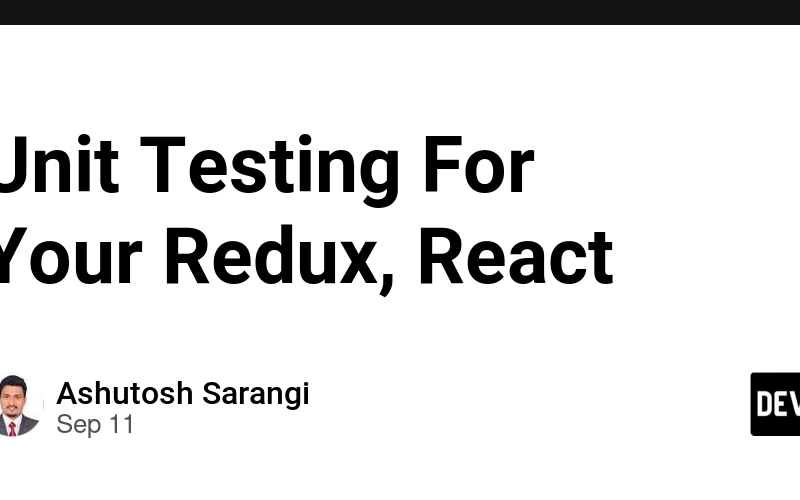Introduction
- To test the Redux Toolkit store, you can use the configureStore function from the Redux Toolkit to create a mock store.
- Then, you can dispatch actions to this store and check if the state changes as expected.
We need to have a separate store.mock.js
import { configureStore } from '@reduxjs/toolkit';
import rootReducer from './path_to_your_reducer'; // replace with the path to your reducer
export const mockStore = configureStore({
reducer: rootReducer,
middleware: getDefaultMiddleware => getDefaultMiddleware(),
});
Then, in your test file, you can import this mock store and use it to dispatch actions and check the state:
import { mockStore } from './store.mock';
import { yourAction } from './path_to_your_actions'; // replace with the path to your actions
describe('Redux Toolkit Store', () => {
it('should handle yourAction', () => {
const expectedState = { /* your expected state after dispatching the action */ };
mockStore.dispatch(yourAction(/* your action payload */));
expect(mockStore.getState()).toEqual(expectedState);
});
});
To Avoid Confusion
-
when you dispatch an action to the mock store created by configureStore in your tests, it will indeed “hit” the reducer.
-
The reducer will run with the current state and the dispatched action, and return a new state.
-
This is the same behavior as in your actual application. However, this does not have any consequences for your** actual application state**.
-
The mock store you create in your tests is completely separate from the actual Redux store in your application.
-Any actions you dispatch in your tests will not affect the actual application state.
-
As for clearing the store, it’s not necessary to clear the mock store after each test. Each test runs in isolation, and if you create a new mock store in a beforeEach block (as is common practice), each test will get its own fresh instance of the store.
-
Therefore, the state from one test will not leak into another.
Feel free to reach out to me if you have any queriers.
Source link
lol

